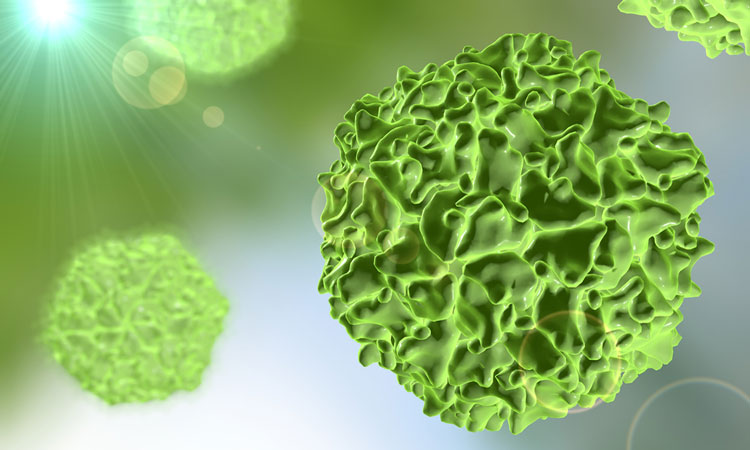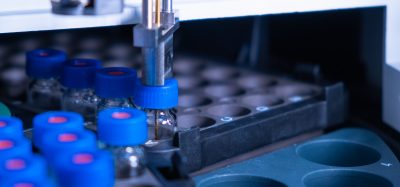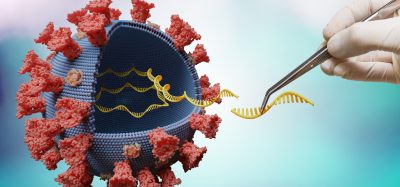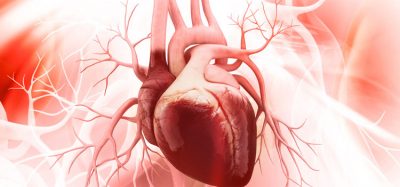RNA molecule nc886 could unlock innate immunity
Posted: 15 October 2018 | Iqra Farooq (Drug Target Review) | No comments yet
Researchers have identified that the RNA molecule nc886 begins a series of events that leads to the destruction of viruses…


Researchers are increasingly recognising RNA as a versatile molecule that could have as many functions as proteins.
Biochemistry Professor, Dr Graeme Conn oversaw the work at Emory University, which studied how RNA is involved in the body’s responses to infections, and found how one versatile RNA molecule could be a key player in human defence against viruses.
When a virus is sensed by a human cell, a signalling pathway is activated. The OAS protein is ‘turned on’, and produces a signalling molecule which activates another protein which directly defends against the virus as well as activating other parts of the innate immune system.
The team found that a specific human RNA molecule called nc886, could play an important role in this pathway. The ‘nc’ stands for non coding, meaning that this RNA molecule is not carrying instructions for protein building, and as such, the researchers believe it must be doing something on its own.
The study showed that this molecule turns on the OAS protein, which then begins the chain of events leading to the destruction of viruses.
“We saw that (nc886) wasn’t just an activator of this pathway, but a very potent activator,” said Brenda Calderon, who carried out the research as a graduate student.
The RNA molecule is able to adopt two different shapes, with one of them being able to activate OAS better than the other. The scientists mention how this molecule acts as a protein where its function depends on its 3D shape and structure. They found the molecule to be present in all human cells, however it is still unknown whether the relative abundance of the immune-activating and less-active form may change in response to infection.
“We’ll be asking these questions about infected and uninfected cells,” Conn said. “How does the level of the RNA change? How do the levels of these two (forms) change?
“Such approaches have the potential to underpin novel, broad antiviral therapies (that don’t rely) on acquired immunity, and therefore are suitable for infants, elderly, and immunocompromised patients.”
The study was published in the Journal of Biological Chemistry.
Related topics
Analytical Techniques, Drug Discovery Processes, Drug Targets, Research & Development, RNAs, Therapeutics
Related conditions
viral infections
Related organisations
Emory University
Related people
Brenda Calderon, Dr Graeme Conn








